1. Bar Harbor, Maine
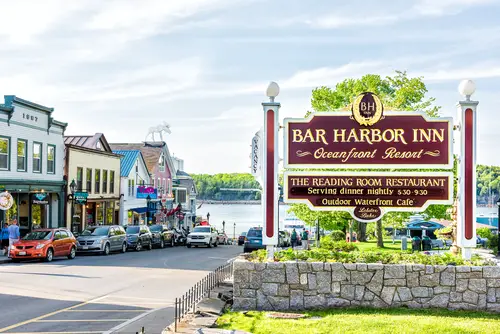
This coastal town is the poster child for New England charm—think lobster shacks, clapboard houses, and foggy harbor views. Bar Harbor also borders Acadia National Park, which draws in millions of tourists each year. But locals haven’t exactly rolled out the welcome mat for the crowds. In fact, in 2022, they passed a law capping cruise ship passengers to 1,000 per day.
It’s part of an ongoing tension: residents want to protect the area’s natural beauty and small-town feel. But some businesses rely heavily on tourism, creating a push-pull dynamic that can feel frosty to out-of-towners. Visitors still come in droves, but they may notice that things feel a bit… restrained. That “Maine friendliness” sometimes comes with a side of side-eye.
2. Telluride, Colorado
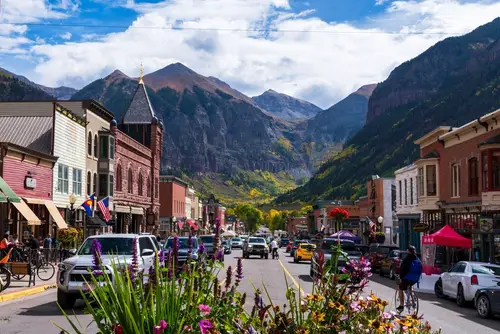
Telluride looks like it was handpicked from a snow globe—alpine scenery, historic mining buildings, and world-class skiing. But the town has made it clear that it’s not exactly seeking more fans. Locals have fought against new hotel developments and short-term rentals, citing the town’s limited infrastructure. Even the Telluride Tourism Board rebranded to focus on sustainability over promotion.
They launched campaigns like “Do Telluride Right” to teach visitors how to act more like residents. That includes things like not idling your car and respecting noise ordinances. It’s not unfriendly per se, but it’s clear the town wants “the right kind” of visitor. If you’re planning to party like it’s Aspen, Telluride might suggest you ski elsewhere.
3. Carmel-by-the-Sea, California
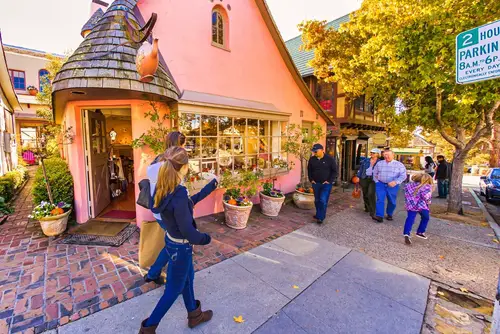
Carmel is famously beautiful, artsy, and immaculately clean, often cited as one of the prettiest small towns in America. But it also has some of the oddest, most tourist-unfriendly laws in the U.S.—like a ban on wearing high heels without a permit. The town’s leadership has made very deliberate choices to avoid becoming overrun with souvenir shops or chain stores. It’s kept its identity tightly controlled, sometimes to the point of exclusion.
The town doesn’t allow addresses on buildings, hoping to discourage foot traffic from delivery services and wandering tourists. Even parking is notoriously tricky, with tight restrictions that feel designed to discourage day-trippers. Many residents are retirees who prize peace and quiet above economic gain. If you’re not already “in,” Carmel doesn’t make it easy to squeeze in.
4. Marfa, Texas
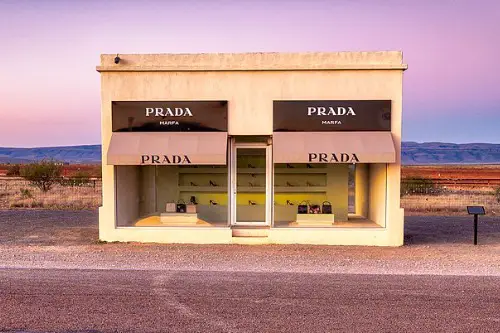
Marfa is the desert art oasis you never expected—minimalist installations, mystery lights, and a creative scene that’s somehow both rustic and high-concept. But it’s also famously insular, with a tight-knit community that has grown weary of the Instagram crowd. Some locals have even been known to cover murals or artwork to keep tourists from snapping photos. There’s an undercurrent of protectiveness that’s hard to miss.
The town has limited accommodations and few restaurants, especially for the influx of visitors during popular weekends. It’s as if Marfa is saying, “You can come—but don’t expect us to change for you.” There’s charm in its defiance, sure. But that defiance is also the message: this isn’t your playground.
5. Sedona, Arizona
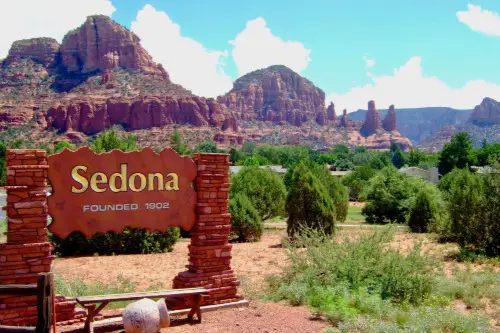
Sedona’s red rock views and vortexes draw spiritual seekers and nature lovers by the thousands. But in recent years, the town has started pushing back against the swell of visitors. Locals have complained of traffic, environmental degradation, and trail overuse. The city even paused all marketing campaigns in 2021 to slow things down.
Signs reading “Love It Like a Local” are scattered throughout town, urging visitors to behave like responsible guests. But many trails now require permits or fees that weren’t in place a few years ago. Parking is scarce, and tour groups are increasingly unwelcome. Sedona is stunning—but it doesn’t hide that it’s a little over all the fuss.
6. Jackson, Wyoming
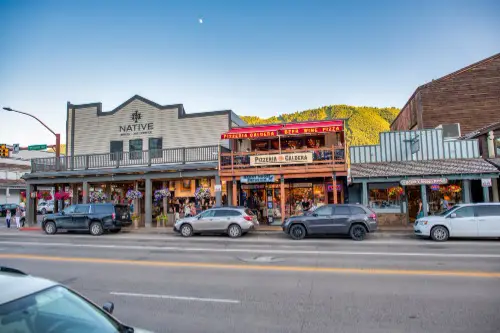
At first glance, Jackson looks like the epitome of rugged Western hospitality. But try staying in town for a weekend and you’ll find the charm comes with a sky-high price tag and limited lodging. Residents have been vocal about the toll tourism takes on their cost of living. Some have even lobbied to limit short-term rentals that cater to wealthy visitors.
Though the town benefits from its proximity to Grand Teton and Yellowstone National Parks, it also regularly pleads for people to “stay on the trails” and stop feeding the wildlife. It’s clear that Jackson wants eco-conscious, rules-following guests—not party animals. And despite appearances, some locals privately lament the loss of their cowboy town to luxury vacationers. It’s a love-hate relationship wrapped in flannel.
7. Key West, Florida
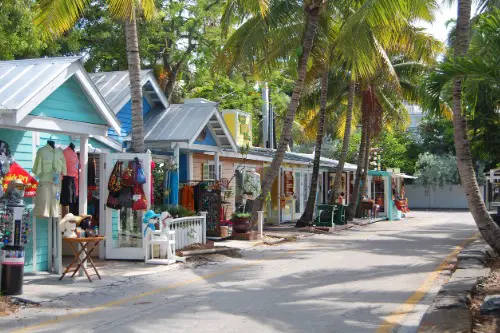
Key West has long been a magnet for the laid-back and the offbeat, but even paradise can get crowded. In 2020, residents voted to sharply limit the number and size of cruise ships allowed to dock there. The referendum passed easily, though it angered cruise lines and some local businesses. The message was clear: quality of life trumps tourist dollars.
Many residents feel overrun during peak seasons and have called for stricter limits on noise, drinking, and short-term rentals. Visitors will still find plenty of bars and quirky shops, but it’s not quite the anything-goes island it used to be. There’s a tension between the party-town brand and a community trying to regain control. The conch is blowing, but maybe not for you.
8. Leavenworth, Washington
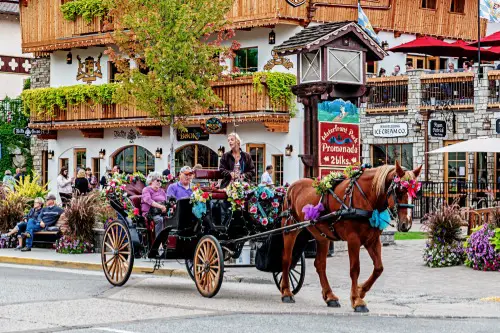
Leavenworth looks like a slice of Bavaria was airlifted into the Cascades. With alpine-style buildings and seasonal festivals, it leans hard into its theme—but not necessarily into hosting more tourists. Residents have raised concerns about overcrowding and the environmental impact of car-heavy tourism. City officials even paused new short-term rental permits in 2022.
During peak weekends, the town can feel like Disneyland with lederhosen—packed to the gills and nearly impossible to navigate. It’s not unusual for businesses to close early or limit access during busy events. Leavenworth wants you to enjoy the charm—just maybe not too much. It’s a fairytale town that’s learning how to draw the line.
9. Moab, Utah
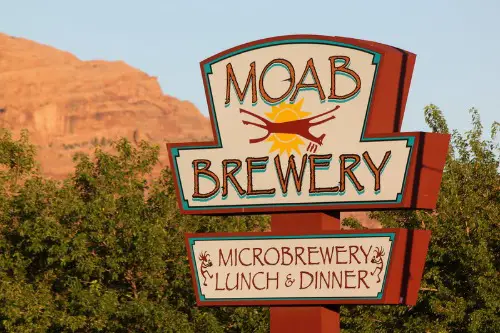
Moab’s appeal is obvious: it’s the gateway to Arches and Canyonlands National Parks. But it’s also been vocal about the toll that off-road vehicles, RVs, and spring break crowds take on the land. In 2023, the town restricted ATV rentals and changed noise ordinances to reduce disruption. Residents have also pushed back against hotel construction and over-tourism.
The town promotes “responsible recreation,” but many feel the damage is already done. Moab’s charm now comes with a warning label: respect the land or stay away. It’s a case of too much love becoming a burden. And Moab is fighting to hold onto what made it special.
10. Sausalito, California
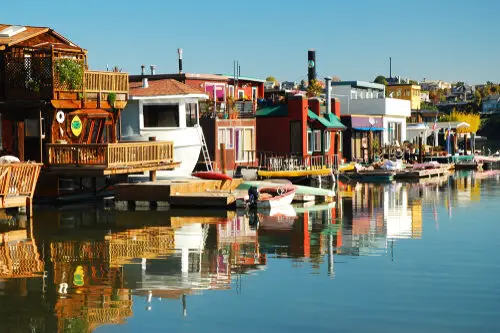
Just across the Golden Gate Bridge, Sausalito offers postcard views of the Bay, luxury houseboats, and a Mediterranean vibe. But the town has made it increasingly difficult for visitors to access its best features. Limited parking, strict enforcement, and reduced ferry services all subtly say: “Please don’t stay too long.” Even some long-standing local businesses have moved out due to tourist congestion.
While you’re welcome to enjoy a glass of wine by the water, don’t expect an enthusiastic reception. Residents have clashed with tour groups and complained about pedestrian gridlock during summer weekends. Charm is still very much on display—just maybe not meant for you. Sausalito’s smile is a little tight-lipped these days.
11. Nantucket, Massachusetts
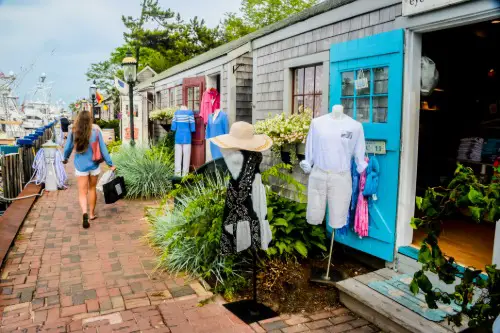
Nantucket’s weathered shingle homes, cobblestone streets, and windswept beaches are pure East Coast fantasy. But getting there isn’t exactly easy—and that’s kind of the point. The island’s ferry and lodging costs can price out the average traveler, and zoning laws keep hotel development to a minimum. Local leaders have been vocal about preserving “island character” over tourist revenue.
Visitors are often subtly reminded they’re guests in a very tight-knit, very wealthy community. Traffic rules are strictly enforced, and off-islanders have been called out for “bad behavior” on social media. It’s beautiful, yes—but also built to resist the masses. Charm, with a side of cold shoulders.
12. Bisbee, Arizona
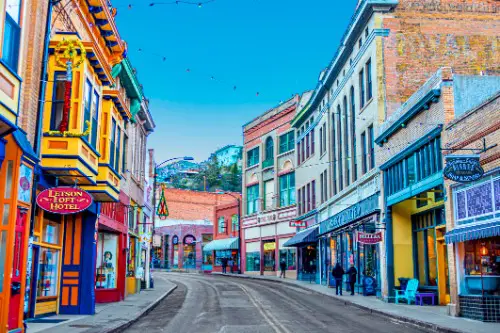
Bisbee is a high-desert town filled with historic buildings, eccentric art, and a reputation for welcoming weirdos. But it also has a fiercely local culture that doesn’t always love the tourism spotlight. Many residents are protective of their status as an artists’ enclave and have resisted corporate or mainstream influence. Airbnb bans and community forums often reflect skepticism toward outsiders.
While some B&Bs do welcome visitors, the town has a distinct “don’t change us” vibe. Quirky events like the Bisbee 1000 stair climb reflect the town’s unique charm—but you’re a spectator, not a participant. It’s as much a fortress of identity as it is a tourist destination. And that pushback is part of what keeps it so distinct.
13. Stehekin, Washington
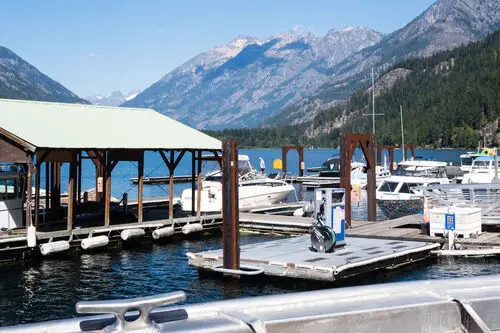
Stehekin might be the most remote spot on this list—reachable only by ferry, seaplane, or hiking trail. Nestled in the North Cascades, it offers unspoiled beauty and a rare kind of off-grid peace. But that inaccessibility is no accident. The town has fought hard to keep development and mass tourism at bay.
You won’t find chain restaurants or cell service here, and that’s exactly how locals like it. There’s a single lodge, a bakery, and a sense of deliberate quiet. Visitors are welcome—as long as they understand they’re stepping into someone else’s pace. It’s charming, yes, but proudly inaccessible.
14. Port Townsend, Washington
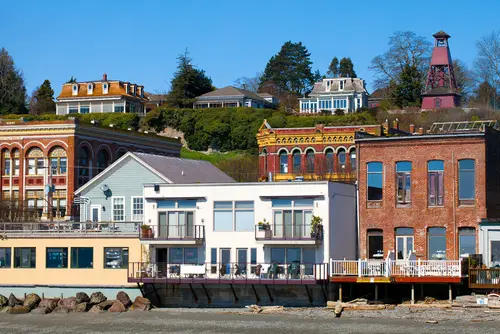
With its Victorian architecture and maritime history, Port Townsend is an artsy gem on the Olympic Peninsula. But like many small towns, it has wrestled with short-term rentals pricing out locals. It’s also clamped down on cruise ship docking to protect marine life and preserve the harbor’s character. Some residents have called for a “slow tourism” model to protect the town’s vibe.
You’ll still find festivals and galleries, but the town’s leadership is cautious about attracting too much attention. There’s pride here—but also protectionism. Port Townsend knows what it has, and it’s not eager to give it away. Come gently, or maybe don’t come at all.
15. Stowe, Vermont
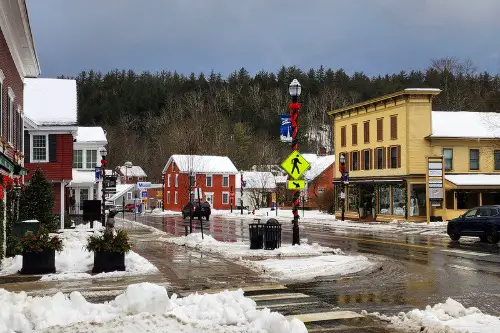
Stowe’s covered bridges and ski slopes make it a go-to for New England charm. But residents have become increasingly vocal about the downsides of popularity. In 2023, the town put a moratorium on new short-term rental permits. The goal? To preserve housing for full-time residents.
Even local forums and town meetings often discuss “visitor fatigue.” Parking fills quickly, and overcrowded trails have led to erosion and safety issues. The town still wants visitors—but preferably ones who tread lightly. Stowe’s charm now comes with posted boundaries.
16. Lahaina, Maui (Pre-2023 Wildfires)
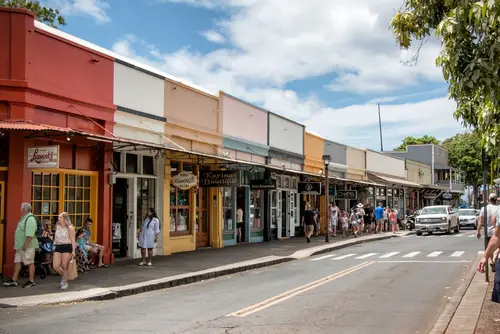
Before the devastating 2023 fires, Lahaina was a major hub for Maui tourism—filled with shops, history, and gorgeous oceanfront. But even then, residents had expressed fatigue with overtourism. In early 2023, protests and signs asking tourists to “respect the land” were common throughout West Maui. Locals pushed for limits on visitor volume, especially around sacred sites.
After the fires, many urged people not to visit at all unless they were there to help. Some neighborhoods remain off-limits as recovery continues. Lahaina’s story is now one of resilience—but also of a community that was already pushing back. It’s a sobering example of charm tested by crisis and crowding.
This post 16 U.S. Towns That Brag About Their Charm—Even While Actively Repelling Tourists was first published on American Charm.


